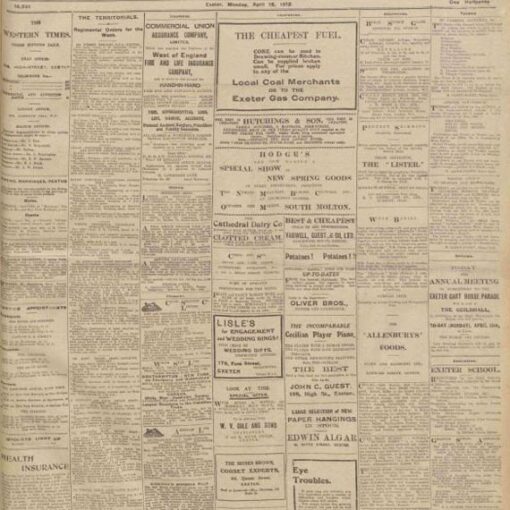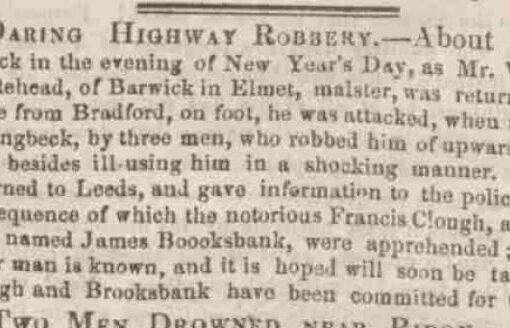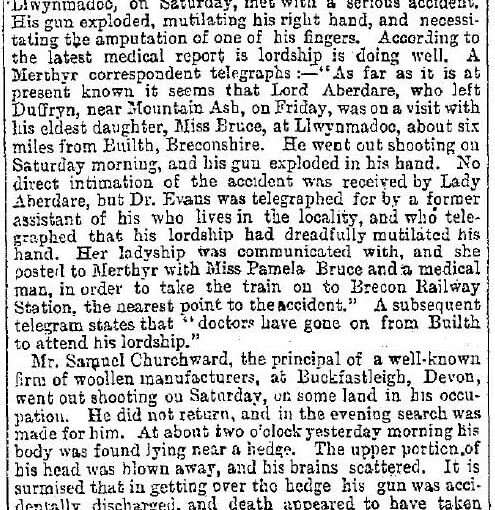The British media, particularly during the height of the Victorian and into the Edwardian eras, was very keen to publish and shed light on the state of pauperism. Looking through and comparing newspapers of the same dates, some publications released figures and data that varied considerably depending on the newspaper publishing it.
Much like today statistics they were invariably massaged and manipulated depending on the target readership. The Nottingham Evening Post portrayed a relatively unbiased picture of the state of pauperism in May 1912. It also draws attention to the effect that the national coal strike of pre-war Britain in 1912 had upon the nation.
The Edwardian era is often seen as Britain’s ‘golden summer’ before the gloom and grey skies of war. As I have frequently written, this “strawberry and cream” vision of the nation portrayed by historians could not be further from the truth unless of course the brief spell of this ‘sweet summer breeze’ was enjoyed by the minority upper middle classes.

Increase Of Pauperism
The Effect Of The Coal Strike
According to a White Paper issued by The Local Government Board, giving returns relating to pauperism in April last, there were at the end of that month 267,734 indoor and 416,501 outdoor persons in receipt of relief in England and Wales. His total of 684,235 compares with 655,713 4 April last year. The ratio of paupers per 1000 inhabitants was 18.9 last month, compared with 18.34 April, 1911.
Last month’s statistics dealing with London show that the total number of paupers was 107,300, as compared with 106,435 in April, 1911. Of the former total 76,267 were indoor and 31,033 outdoor paupers. The ratio of pauperism per 1000 inhabitants increased from 23.5 in April, 1911 to 23.7 last month.
On Saturday, April 6, the total number of paupers in receipt of relief in the Metropolis was 109,161, as compared with 108,951 on the corresponding Saturday last year. The current figures in the case of England and Wales were 726,896 and 664,318 respectively, or an increase of 62,578. The rise is due to the exceptional distress occasioned and unions by the cessation of work owing to the coal strike. Under normal trade conditions, on the other hand, pauperism declines between March and July.
Ian Waugh
Old British News




